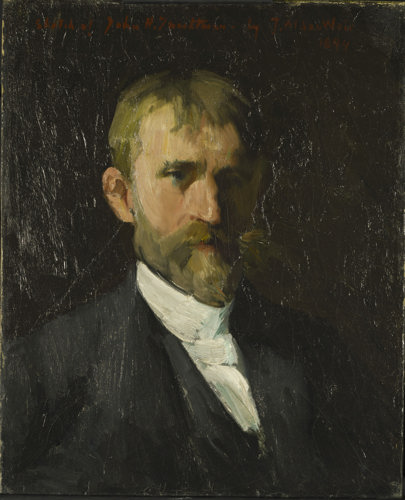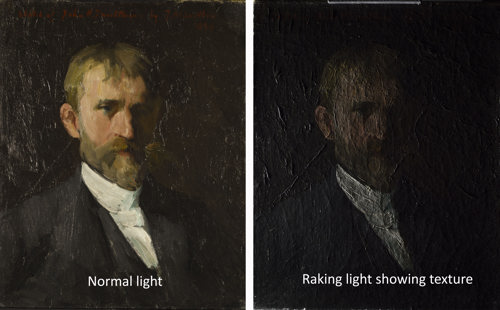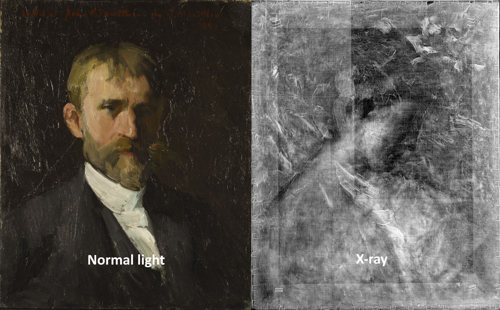- Events & Programs Home
- Calendar
- Accessibility
- Adults
-
Families & Teens
- Families & Teens Home
- 10x10 Teen Art Expo
- Art on the Rise
- Art Together: Art Making for Families with Children Ages 3–5
- Babies Sing with May Festival Minis
- Boy Scouts / Girl Scouts
- CAM Kids Day
- Family Storytime and Gallery Walk
- Family Studio: Art Making for Families with Children Ages 6–12
- Games in the Galleries
- Members-Only Baby Tours
- Public Baby Tours
- REC Reads
- Rosenthal Education Center (REC)
- Saturday Morning Art Class
- See Play Learn Kits
- Summer Camp
- Teen Fest: Zine and Comic Exchange
- RECreate
- Teachers
- Community Outreach
- Fundraisers
- Plan Your Own Event

- Events & Programs Home
- Calendar
- Accessibility
- Adults
-
Families & Teens
- Families & Teens Home
- 10x10 Teen Art Expo
- Art on the Rise
- Art Together: Art Making for Families with Children Ages 3–5
- Babies Sing with May Festival Minis
- Boy Scouts / Girl Scouts
- CAM Kids Day
- Family Storytime and Gallery Walk
- Family Studio: Art Making for Families with Children Ages 6–12
- Games in the Galleries
- Members-Only Baby Tours
- Public Baby Tours
- REC Reads
- Rosenthal Education Center (REC)
- Saturday Morning Art Class
- See Play Learn Kits
- Summer Camp
- Teen Fest: Zine and Comic Exchange
- RECreate
- Teachers
- Community Outreach
- Fundraisers
- Plan Your Own Event
Blog: CAM Uncovered
Blog: CAM Uncovered
- Home
- Plan Your Visit
- Art
-
Events & Programs
- Events & Programs Home
- Calendar
- Accessibility
- Adults
-
Families & Teens
- Families & Teens Home
- 10x10 Teen Art Expo
- Art on the Rise
- Art Together: Art Making for Families with Children Ages 3–5
- Babies Sing with May Festival Minis
- Boy Scouts / Girl Scouts
- CAM Kids Day
- Family Storytime and Gallery Walk
- Family Studio: Art Making for Families with Children Ages 6–12
- Games in the Galleries
- Members-Only Baby Tours
- Public Baby Tours
- REC Reads
- Rosenthal Education Center (REC)
- Saturday Morning Art Class
- See Play Learn Kits
- Summer Camp
- Teen Fest: Zine and Comic Exchange
- RECreate
- Teachers
- Community Outreach
- Fundraisers
- Plan Your Own Event
- Give & Join
- About
- Tickets
- Calendar
- Exhibitions
- Collections
- Blog
- Shop
Behind the Scenes in Conservation: A Portrait’s Curious Characteristics
by Serena Urry, Chief Conservator
12/7/2023
CAMConservation , paintings conservation , Weir , Twachtman , X-ray , hidden paintings

This small painting by American artist Julian Alden Weir (1852–1919) was donated to the museum by the artist in 1911. It is a portrait of another well-known American artist, John Henry Twachtman (1853–1902). The inscription at the top reads “Sketch of John H. Twachtman by J. Alden Weir 1894.”
One of the curious characteristics of the portrait is the presence of cool green lying under some of the dark paint. A small area of loss at the bottom right corner shows the dull green underlayer. We used the painting during a recent training session with our new X-ray fluorescence unit to spot test the green underlayer. The XRF tool indicated the presence of chrome, so the pigment is likely to be chrome green. A test on the blue-green shadow in Twachtman’s collar showed the same results. It also must be chrome green.

The surface of the painting presents a second, even more curious characteristic. Textured brushwork covers the whole surface, but none of the strokes seem to have anything to do with the portrait of Twachtman; instead, the texture seems to be related more to the lower layers of paint.

A couple of weeks ago, we imaged the painting with X-rays to see if we could find an explanation for the curious texture. When the digital images were spliced together, a hidden painting was revealed: a portrait of a young woman in profile who is looking downwards. Brushwork in the background looks like foliage. The female head seems to be painted to a higher degree of finish than the portrait of Twachtman, but beyond that, it’s a mystery. If you recognize this young lady, let us know!
Julian Alden Weir (American, 1852–1919), John Henry Twachtman, 1894, oil on canvas, Gift of the Artist, 1911.1345
Cincinnati, OH 45202
Toll Free: 1 (877) 472-4226
Museum Hours
Museum Shop
Terrace Café
Library
Cincinnati Art Museum is supported by the tens of thousands of people who give generously to the annual ArtsWave Campaign, the region's primary source for arts funding.

Free general admission to the Cincinnati Art Museum is made possible by a gift from the Rosenthal Family Foundation. Exhibition pricing may vary. Parking at the Cincinnati Art Museum is free.
Generous support for our extended Thursday hours is provided by Art Bridges Foundation’s Access for All program.

General operating support provided by:



